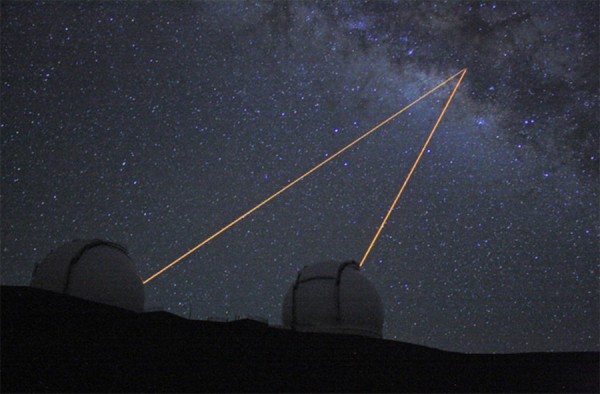Pentagon getting very close to functional lasers that can stop inbound ICBM’s
08/19/2016 / By usafeaturesmedia

(NationalSecurity.news) For years the Defense Department has invested billions of dollars to develop laser technology for all kinds of military activities, both offensive and defensive.
One of the Pentagon’s goals in all of that research has been to develop laser weapons powerful enough to knock out inbound intercontinental ballistic missiles. Now, Pentagon officials say, the day is close when that capability becomes a reality.
As reported by Defense One, the Pentagon has especially been focused on lasers as a cheaper, more effective way to shoot down long-range missiles fired at the U.S. from North Korea and Iran. And after testing and experimenting with the technology for better than a decade, U.S. military officials say “directed energy” is approaching the point where it can be deployed on the battlefield.
“It’s not a hope. This is what we’re doing,” Vice Adm. James Syring, director of the Missile Defense Agency, told the defense news site recently. “I view this [as] highly important for the future.”
He and other military officials said similar things at last week’s annual Space and Missile Defense Symposium in Huntsville, Ala. All argued that lasers could eventually augment existing missile defense interceptors.
And the lasers are a popular option for a couple of reasons: They are much cheaper to operate and they can shoot down missiles much earlier than today’s interceptors.
“We have to deal with the fact that our interceptors are more costly,” said Katrina McFarland, the Army’s acting acquisition executive. “The cost dimension of warfare must be switched from our side to the adversary side.”
Support our mission and enhance your own self-reliance: The laboratory-verified Organic Emergency Survival Bucket provides certified organic, high-nutrition storable food for emergency preparedness. Completely free of corn syrup, MSG, GMOs and other food toxins. Ultra-clean solution for years of food security. Learn more at the Health Ranger Store.
Army leaders have expressed concern they would have to employ expensive interceptors against much cheaper rockets and small drones that are packed with explosives. Lasers present a far better solution.
“The problem we have now is the worldwide demand for missile defense is greater than the capacity,” James Johnson, director of the Future Warfare Center of the Army Space and Missile Defense Command, told Defense One.
In all, Congress has appropriated $119 billion for U.S. missile defense capabilities. That money has funded the development of ground-based interceptors in Alaska and California, THAAD interceptors, and radars, the Center for Strategic and Budgetary Assessments said. The Defense Department has requested an additional $34.87 billion for those projects between fiscal years 2017 and 2021, Defense One noted.
“Spending will likely continue at roughly the current rate for the foreseeable future,” the think tank said in a recent report.
In addition, the U.S. Navy is getting into laser defenses, having mounted a prototype 30-kilowatt weapon on the USS Ponce. That system is said to be capable of downing small drones and disabling speedboats, while costing less than $1 to fire compared to missiles at millions of dollars apiece.
Shooting down a missile, however, would require much more kilowatt power – hundreds, say experts. So the technology to generate that kind of power will have to shrink dramatically before a fighter jet or drone could carry a laser powerful enough to down a missile.
“That’s why we’re pursuing the technology in terms of trying to mature, not just the technology, but drive the size and weight down and we can start to think operationally about what that means,” Syring said.
The Pentagon’s goal is to dramatically reduce the size and weight of existing laser systems, which it has been working on for at least a decade.
More:
- High-Powered Lasers To Become The Latest Development In Drone Warfare
- Air Force’s ‘Sixth Generation’ Fighter To Be Equipped With Lasers
- U.S. Military’s Next War With Be Fought With Futuristic Weapons
NationalSecurity.news is part of USA Features Media.
Tagged Under: ICBMs, lasers, missile defense





















